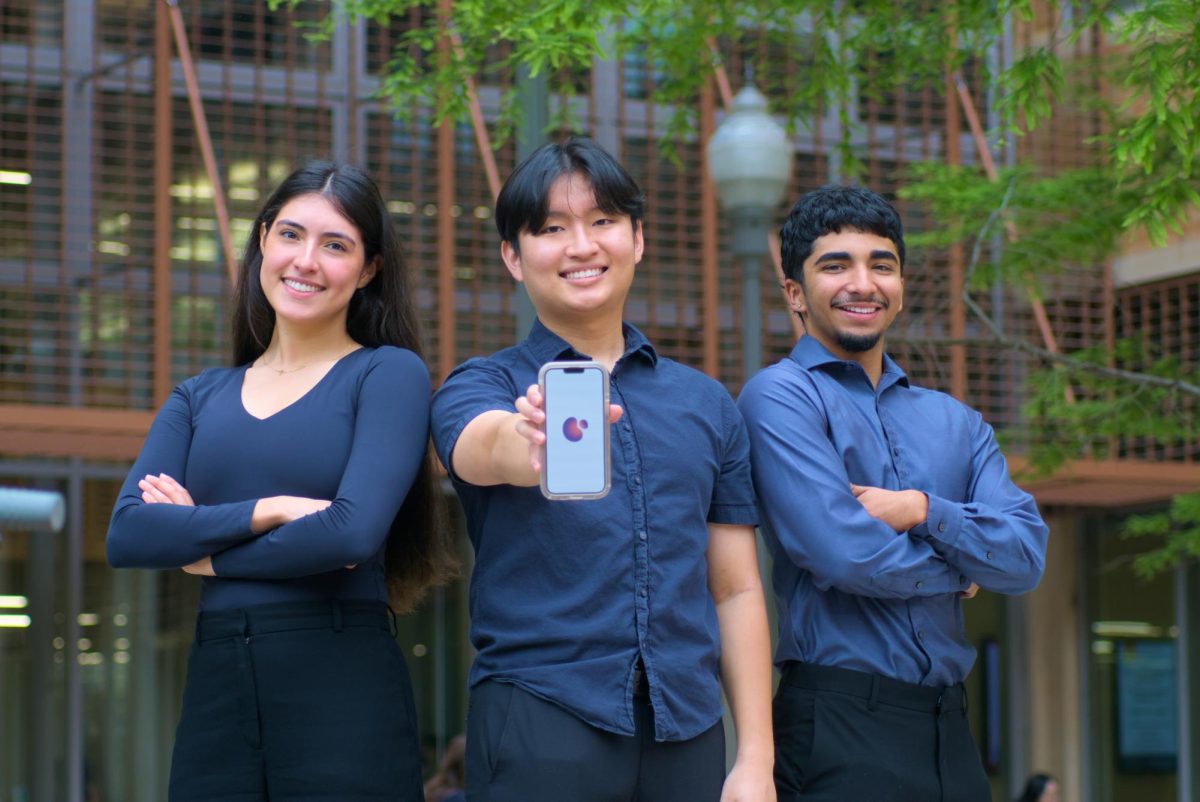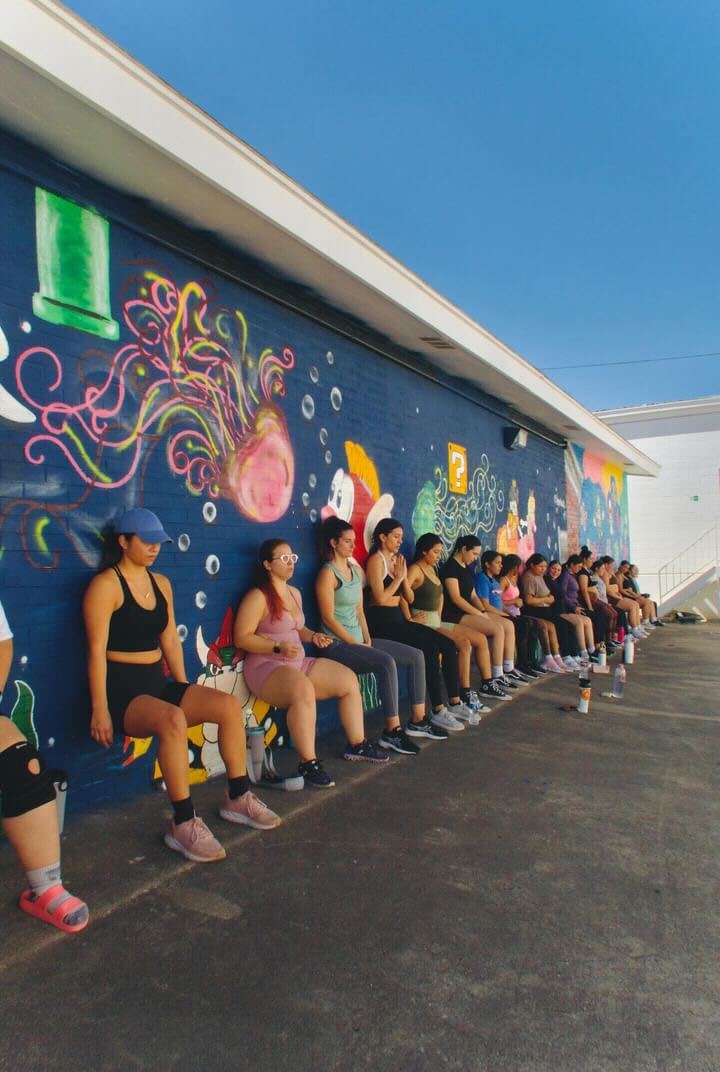Although many people use Facebook strictly as a way to keep in touch with friends and family, numerous developers have begun to take advantage of the social community Facebook has to offer by implementing the network into the context of the classroom. As a relatively new platform for students and developers alike, the mainstream use of social media has provided academic resources less accessible in previous years, bringing forth new ways for students to connect with others in their academic life at UT.
One helpful resource for students is Hoot.Me, a Facebook application that “switches Facebook into study mode” through means of collaborative group video conferencing and “smart chat,” which automatically reformats math equations. The video and instant messaging features of Hoot.Me make it a viable resource for a wide range of courses, connecting students with others who are simultaneously working on the same material. In “Hoot 2.0,” an upcoming beta release, this process will be streamlined to include an entirely new style that allows students to create study sessions for individual classes, making it easier to return back to a class for future sessions.
Michael Koetting, business honors junior and CEO of Hoot.Me, will also soon be hosting a panel at SXSWedu called “Social Learning: Building the Knowledge Network,” in which the benefits of Facebook as a tool to “drive social learning” will be discussed, according to the SXSWedu website.
“We are in the process of building something that will actually incubate companies from undergraduates on campus,” Koetting said. “It no longer has to be a ‘Cinderella story’ like us where we had to go and fly outside the walls — the community will support us here.”
Similar collaborative resources such as Google Docs let students simultaneously edit documents such as test reviews, socializing what can otherwise be an isolating lecture experience.
Semiproductive.com, an upcoming textbook marketplace website, is another resource that utilizes Facebook to change the way in which students acquire textbooks. Founder and third-year mathematics student Srini Kadamati bills Semiproductive as “a pain-free way to request textbooks for an upcoming semester, and advertise this need to their friends on their social networks” through listings similar to sites such as Craigslist.
Conventionally, most students sell their textbooks back to the University Co-op or local textbook stores for a buyback rate that is typically 60 to 80 percent below the market prices. Others opt to simply hold onto their books, “hoping that a friend asks to buy them later, or in some cases, if they need them as a reference,” Kadamati said.
Semiproductive seeks to provide a more effective alternative to sites like Craigslist and the Facebook Marketplace to help students get the cheapest available prices for their books. While the site is currently in beta, it is accepting student emails for further updates.
“We are not against textbook sellers by any means,” Kadamati said. “We see ourselves as enablers, looking to help save our peers from exorbitant textbook prices by making it really simple and pain-free to buy and sell books from each other.”
Even without the use of applications, Facebook has often proven to be a beneficial resource for students. For Amanda Dalola, French linguistics graduate student, using a Facebook group for her French class proved successful in terms of both studying and communication among her students.
As a platform that is often more comfortable for students than the traditional classroom setting, these groups provide another medium for students to ask questions and seek help without having to resort to Blackboard's system of mass emails, which can often inconvenience students by cluttering their inbox with requests for notes.
“I also like that it's the perfect way to share pertinent materials we don't always have time for in class,” Dalola said. “By seeing how students comment or ‘like’ things we've all contributed to the discussion on French, it lets me in on the students' personalities beyond what they wrote on their last composition or how they scored on their last exam.”
However, as a more casual platform, these groups have a few downsides — such as off-topic discussion, last-minute questions at inconvenient hours and the addition of being one more thing that students have to consistently check.
“If you can stand it, though, the reward is often intelligent discussion and feedback on classroom activity, embedded in a stream of painfully funny asides,” Dalola said.
As the trend of integrating social networking into academic settings continues to grow, so do the number of options students have to choose from when it comes to engaging in these applications. While the longevity of specific social networking sites may be put into question, on a general level, this innovative approach to studying appears to be one of success.
“These days, we aren't going to class much, but class is constantly on our minds because we want to change the game for education.” Koetting said.





















